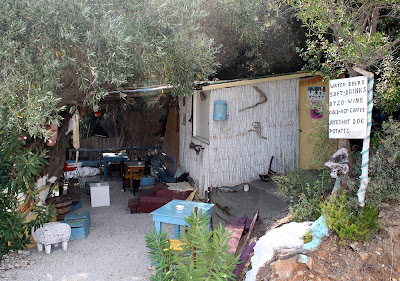The egrets had already left the Pilling roost this morning. It must have been the bright sunny start which set them on their way. The roost breaks up into small groups which spend a short time on the marsh before heading separate ways - 22 birds this morning.
Little Egrets - Pilling Marsh
I didn’t wait for the Pink-footed Geese to leave the marsh as I would see plenty in the next three or four hours, in fact a large count of as many as 6,500 in total. The picture below shows just a small fraction of the geese about this morning.
Pink-footed Geese - Pilling Marsh
There was a Kestrel along Backsands Lane and a Sparrowhawk heading rapidly south. I’ve seen more Sparrowhawks in the last day or three than almost the whole of the summer and I imagine that the recent ones are migrants.
Fluke Hall to Pilling Water proved very productive, mainly due to the number of birds about Hi-Fly’s land. I don’t think there’s been a shoot yet judging by the huge numbers of Red-legged Partridge still frequenting the fields and the maize crop. I haven’t seen many large raptors around so maybe the partridge numbers are still circa 2000, the number released for "sport" some weeks ago. I did see singles of both Peregrine and Buzzard at Fluke Hall but apparently showing no interest in the partridges.
Red-legged Partridge
Red-legged Partridge
There were good numbers of Skylarks on the fields and a steady stream of Meadow Pipits going over, the mipits heading east along the sea wall. My notebook records 24 Skylarks and 160 Meadow Pipits in 3+ hours. The maize crop and ditch held more than 10 Reed Buntings too, as well as 3 Jays paying a flying visit and looking for an easy meal. It was while watching their antics with the Jackdaws that I caught sight of a Kingfisher flying rapidly along the ditch towards Fluke Hall.
Reed Bunting
Meadow Pipit
Wildfowl numbers on the shooting pools, and without counting the many tame Mallards - 40+ Wigeon, 300+ Teal 300, 1 Cormorant, 1 Black-tailed Godwit and 1 Green Sandpiper.
Wigeon
Wigeon and Teal
Other ‘bits and bobs’ - 1 Wheatear, 1 Chiffchaff, 15 Long-tailed Tit, 1 Siskin.
The sun brought out a good few butterflies whereby even I can identify a Speckled Wood, one of several found naturally enough in Fluke Hall Wood.
Speckled Wood
Another Bird Blog is linking today to Camera Critters and to Anni's Blog .

































































.jpg)












